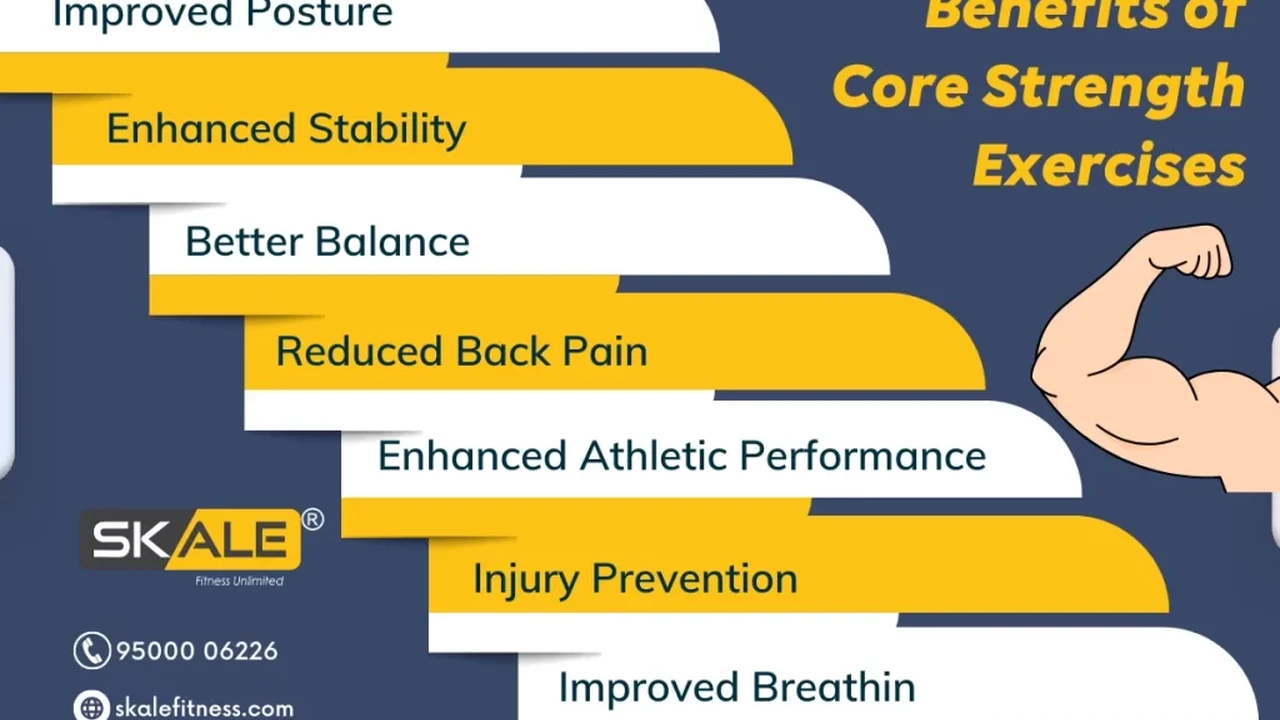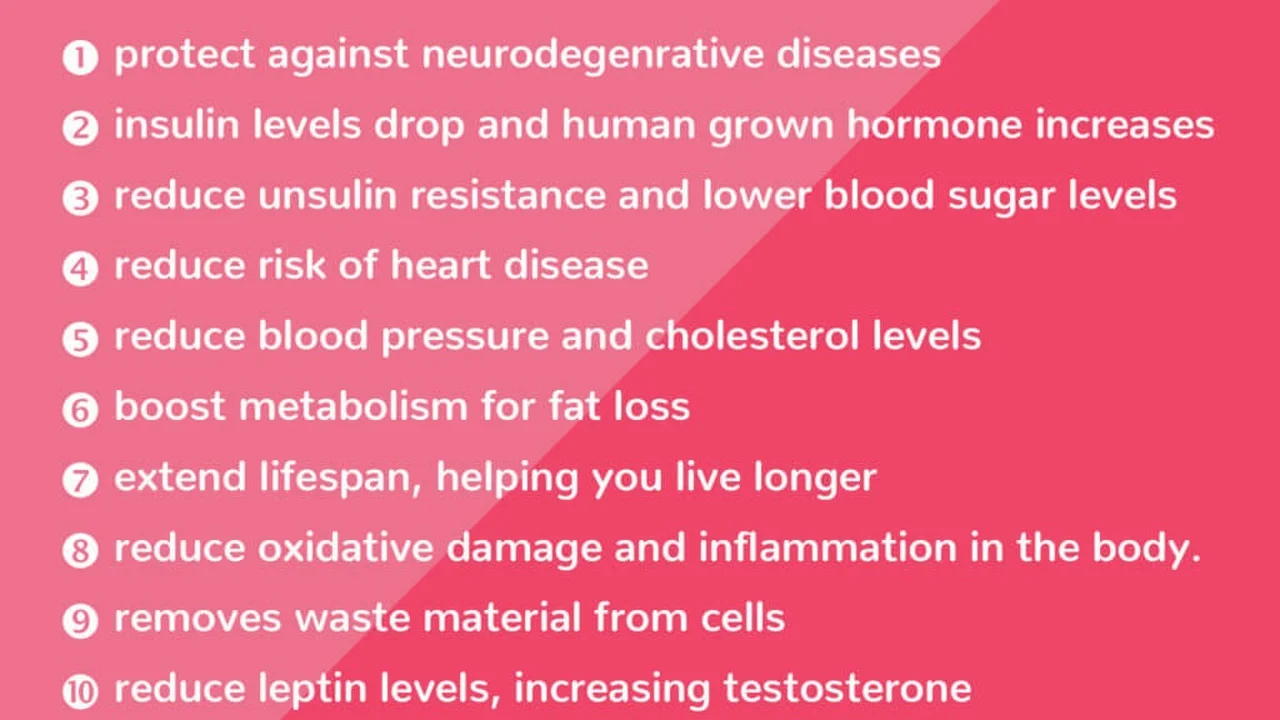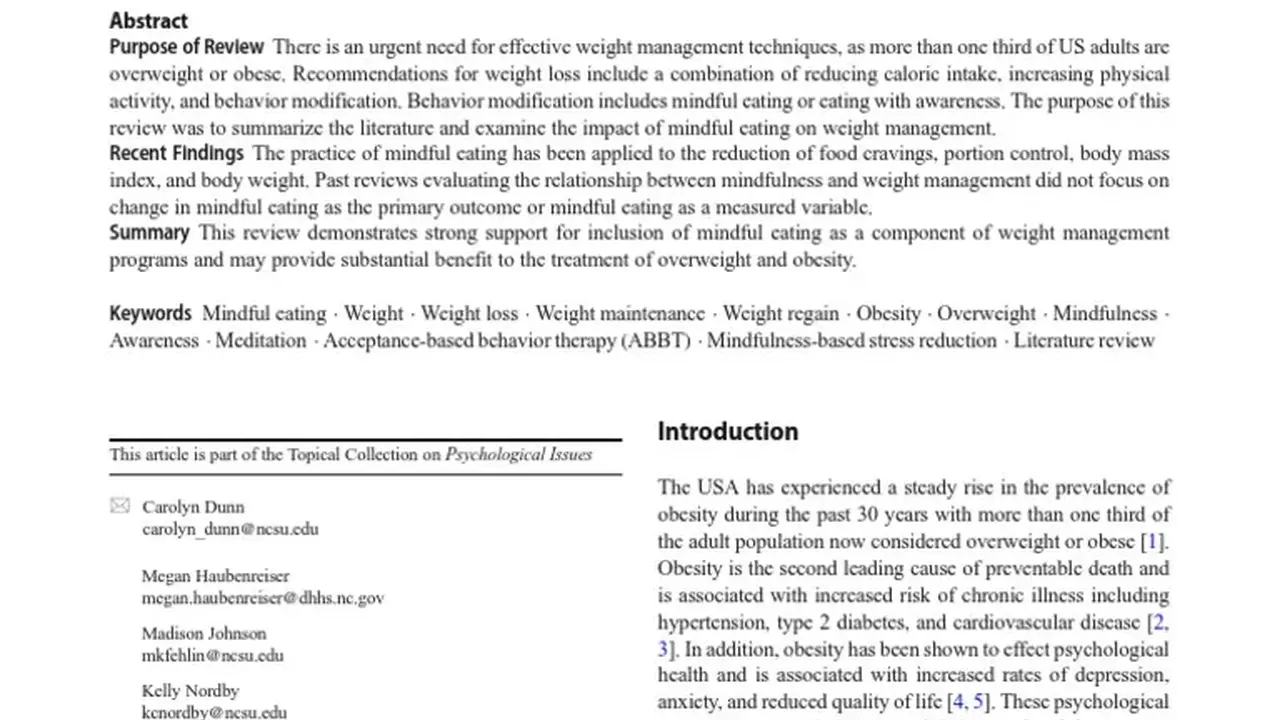The Best Exercises for Building Core Strength
Sample meta description.

Understanding Your Core Muscles Anatomy and Function
Alright, let's talk core! Forget those endless crunches – building real core strength is about more than just getting a six-pack (though that's a nice bonus!). Your core is actually a complex group of muscles that work together to stabilize your spine, improve your posture, and even help you breathe. We're talking about muscles like the rectus abdominis (the "six-pack"), the obliques (on the sides), the transverse abdominis (deep inside, like a natural corset), and the erector spinae (along your spine). They all play a crucial role.
So, why is core strength so important? Think about it: every movement you make, from picking up a grocery bag to swinging a golf club, engages your core. A strong core protects your back from injury, improves your balance, and even makes you more efficient in your workouts. Plus, who doesn't want better posture? You'll stand taller and feel more confident.
Effective Core Exercises for Beginners and Advanced Athletes
Now, let's get to the good stuff: the exercises! We're going to cover a range of exercises suitable for different fitness levels. Remember to listen to your body and start slow. Good form is way more important than doing a million reps.
Plank Variations for Core Stability and Endurance
The plank is a classic for a reason. It engages your entire core and requires no equipment. Here's how to do a basic plank:
- Get into a push-up position, but instead of resting on your hands, rest on your forearms.
- Keep your body in a straight line from head to heels.
- Engage your core by drawing your belly button towards your spine.
- Hold for 30-60 seconds, or as long as you can maintain good form.
Feeling brave? Try these variations:
- Side Plank: Lie on your side, prop yourself up on your forearm, and lift your hips off the ground. Hold for 30-60 seconds per side. This targets your obliques.
- Plank with Leg Lift: While in a plank, lift one leg a few inches off the ground. Hold for a second, then lower it back down. Alternate legs. This adds an extra challenge to your core stability.
- Plank Jacks: Start in a plank position, then jump your feet out to the sides and back in, like a jumping jack. This adds a cardio element and engages your core more dynamically.
The Power of Pilates for Core Strength and Flexibility
Pilates is amazing for core strength, flexibility, and body awareness. Many exercises focus specifically on engaging the deep core muscles. Here are a few to try:
- The Hundred: Lie on your back with your knees bent and feet flat on the floor. Engage your core and lift your head and shoulders off the ground. Extend your arms straight out and pump them up and down as you inhale for five counts and exhale for five counts. Repeat 10 times.
- Roll-Up: Lie on your back with your arms overhead. Engage your core and slowly roll up to a seated position, reaching your hands towards your toes. Slowly roll back down.
- Leg Circles: Lie on your back with your legs extended towards the ceiling. Engage your core and draw small circles with one leg at a time. Keep your pelvis stable.
Using Resistance Training for a Stronger Core
Don't underestimate the power of resistance training for building a strong core! Exercises like squats, deadlifts, and overhead presses all require significant core engagement to stabilize your spine and maintain proper form.
- Squats: Stand with your feet shoulder-width apart, holding a barbell or dumbbells. Lower your hips as if you're sitting in a chair, keeping your back straight and your core engaged.
- Deadlifts: Stand with your feet hip-width apart, with a barbell in front of you. Hinge at your hips and bend your knees to grab the barbell. Keep your back straight and your core engaged as you lift the barbell off the ground.
- Overhead Press: Stand with your feet shoulder-width apart, holding a barbell or dumbbells at your shoulders. Press the weight overhead, keeping your core engaged and your back straight.
Remember to start with lighter weights and focus on proper form. As you get stronger, you can gradually increase the weight.
Core Strengthening Equipment Recommendations Product Reviews and Comparisons
While you can definitely build a strong core with bodyweight exercises alone, some equipment can help you take your training to the next level. Here are a few recommendations:
Ab Rollers for Advanced Core Engagement and Muscle Building
Product: Perfect Fitness Ab Carver Pro
Use Case: The Ab Carver Pro is designed to challenge your core stability and strength. It features a carbon steel spring system that provides resistance as you roll out and assistance as you roll back in. This helps you engage your core muscles more effectively and prevents you from overextending.
Pros: Effective for targeting the entire core, durable construction, helps prevent injury.
Cons: Can be challenging for beginners, requires good core strength to use properly.
Price: Approximately $40 - $50
Comparison: Compared to a basic ab roller, the Ab Carver Pro offers more resistance and assistance, making it a better choice for intermediate to advanced users. However, a basic ab roller (around $15-$20) can be a good starting point for beginners.
Resistance Bands for Versatile Core Workouts and Injury Prevention
Product: Fit Simplify Resistance Loop Exercise Bands
Use Case: Resistance bands can be used for a variety of core exercises, such as banded planks, banded squats, and banded leg raises. They add resistance to your movements, making them more challenging and effective.
Pros: Versatile, portable, affordable, good for all fitness levels.
Cons: May not provide enough resistance for advanced users, can break if overstretched.
Price: Approximately $10 - $20 for a set of multiple bands with varying resistance levels.
Comparison: Compared to dumbbells or weight plates, resistance bands are more portable and affordable. They're also a good option for people who are new to resistance training or who have joint problems.
Stability Balls for Improved Balance and Core Activation
Product: URBNFit Exercise Ball
Use Case: Stability balls can be used for a variety of core exercises, such as crunches, back extensions, and planks. They challenge your balance and stability, which forces your core muscles to work harder.
Pros: Improves balance and coordination, engages core muscles effectively, can be used for a variety of exercises.
Cons: Can be difficult to balance on, requires space to store, may not be suitable for people with balance problems.
Price: Approximately $20 - $30
Comparison: Compared to doing core exercises on a stable surface, using a stability ball adds an extra challenge and engages your core muscles more effectively. However, it's important to start slow and gradually increase the difficulty of your exercises.
Weight Vests for Increased Intensity and Calorie Burning
Product: RUNFast/Max Adjustable Weighted Vest
Use Case: A weighted vest adds extra resistance to bodyweight exercises, increasing the intensity and calorie burn. It can be used during planks, squats, lunges, and even walking or running.
Pros: Increases the intensity of bodyweight exercises, improves strength and endurance, burns more calories.
Cons: Can be uncomfortable, may put extra stress on joints, not suitable for beginners.
Price: Approximately $50 - $100
Comparison: Compared to simply doing bodyweight exercises, a weighted vest adds an extra challenge and helps you build strength and endurance more quickly. However, it's important to start with a lighter weight and gradually increase the weight as you get stronger.
Tips for Proper Form and Injury Prevention During Core Workouts
Form is *everything* when it comes to core work. Don't sacrifice proper technique for more reps. Here are some key things to keep in mind:
* Engage your core: Consciously draw your belly button towards your spine. This helps to stabilize your spine and protect your back. * Maintain a neutral spine: Avoid arching or rounding your back. Keep your spine in a natural, neutral position. * Breathe properly: Exhale during the exertion phase of the exercise (e.g., when you're lifting the weight or rolling up). Inhale during the relaxation phase. * Listen to your body: If you feel any pain, stop the exercise immediately. * Start slow and gradually increase the difficulty: Don't try to do too much too soon. Start with easier exercises and gradually progress to more challenging ones.Incorporating Core Exercises into Your Daily Routine
The best way to build a strong core is to make core exercises a regular part of your routine. Here are a few ideas:
* Do a short core workout 2-3 times per week: Even 10-15 minutes of focused core work can make a big difference. * Incorporate core exercises into your warm-up: Do a few planks or bird dogs before your main workout to activate your core muscles. * Use a stability ball at your desk: Sitting on a stability ball can help to improve your posture and engage your core muscles throughout the day. * Walk or run with good posture: Consciously engage your core and maintain good posture while you're walking or running.Advanced Core Training Techniques for Experienced Individuals
Ready to take your core training to the next level? Here are a few advanced techniques to try:
* Plyometric Core Exercises: Exercises like medicine ball slams and Russian twists with a medicine ball can help to develop explosive core power. * Unilateral Core Exercises: Exercises that work one side of your body at a time, such as single-leg deadlifts and single-arm rows, can help to improve core stability and balance. * Antirotation Exercises: Exercises that resist rotational forces, such as Pallof presses and cable rotations, can help to strengthen your obliques and prevent injuries.The Importance of Nutrition for Core Strength and Muscle Definition
You can do all the core exercises in the world, but if your nutrition isn't on point, you won't see the results you're looking for. Here are a few key nutrition tips for building core strength and muscle definition:
* Eat a balanced diet: Focus on whole, unprocessed foods, including plenty of fruits, vegetables, lean protein, and healthy fats. * Get enough protein: Protein is essential for building and repairing muscle tissue. Aim for at least 0.8 grams of protein per pound of body weight per day. * Stay hydrated: Drink plenty of water throughout the day to keep your muscles hydrated and functioning properly. * Consider supplements: Supplements like creatine and protein powder can help to support muscle growth and recovery. (Consult with a doctor or registered dietitian before taking any supplements.)Common Mistakes to Avoid in Core Training
Let's keep you from making the same mistakes many people do. These are the most common errors I see in the gym:
* Relying too much on crunches: Crunches primarily target the rectus abdominis and don't engage the deeper core muscles. Focus on a variety of exercises that target all of your core muscles. * Using momentum: Avoid using momentum to swing your body through the exercises. Focus on controlled movements and engaging your core muscles. * Holding your breath: Remember to breathe properly throughout the exercises. Holding your breath can increase your blood pressure and make you feel dizzy. * Ignoring pain: If you feel any pain, stop the exercise immediately. Don't try to push through the pain, as this can lead to injury.:max_bytes(150000):strip_icc()/277019-baked-pork-chops-with-cream-of-mushroom-soup-DDMFS-beauty-4x3-BG-7505-5762b731cf30447d9cbbbbbf387beafa.jpg)






